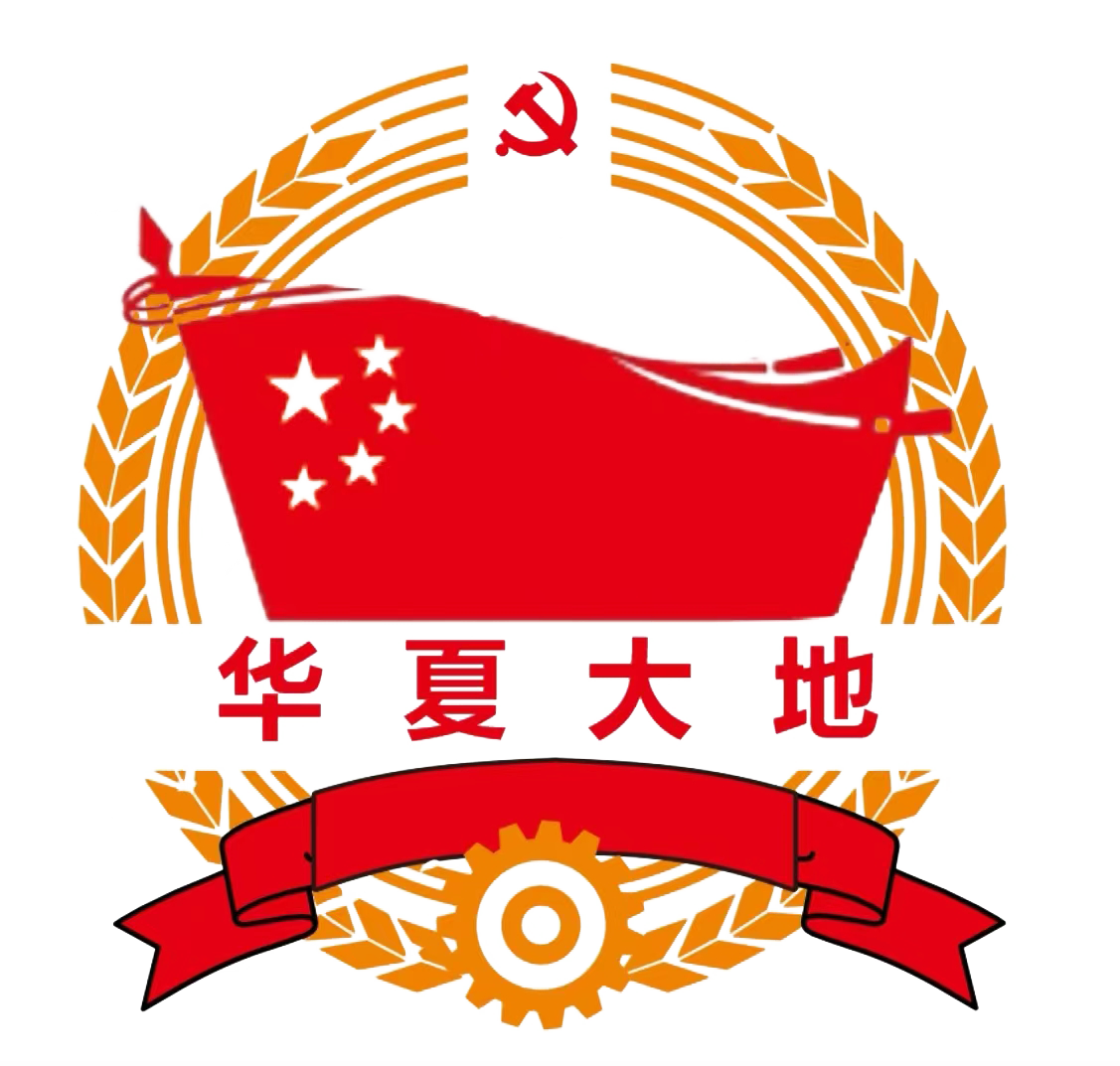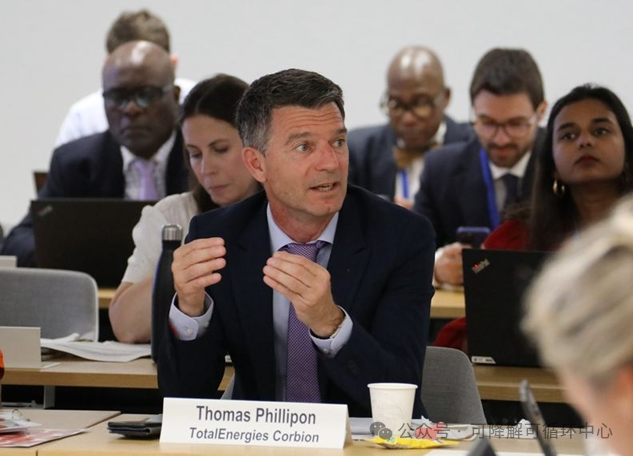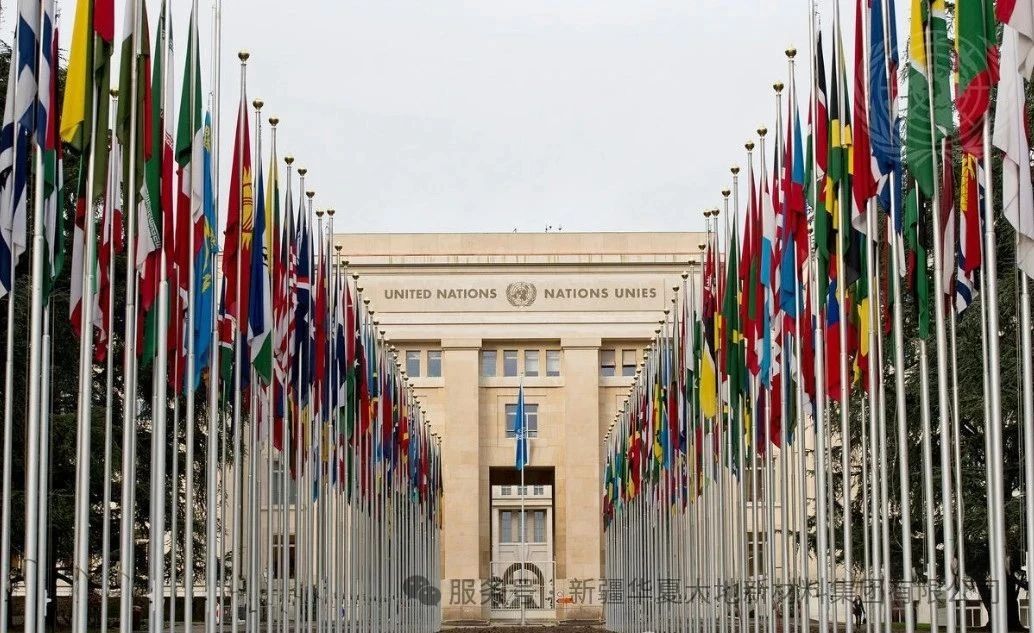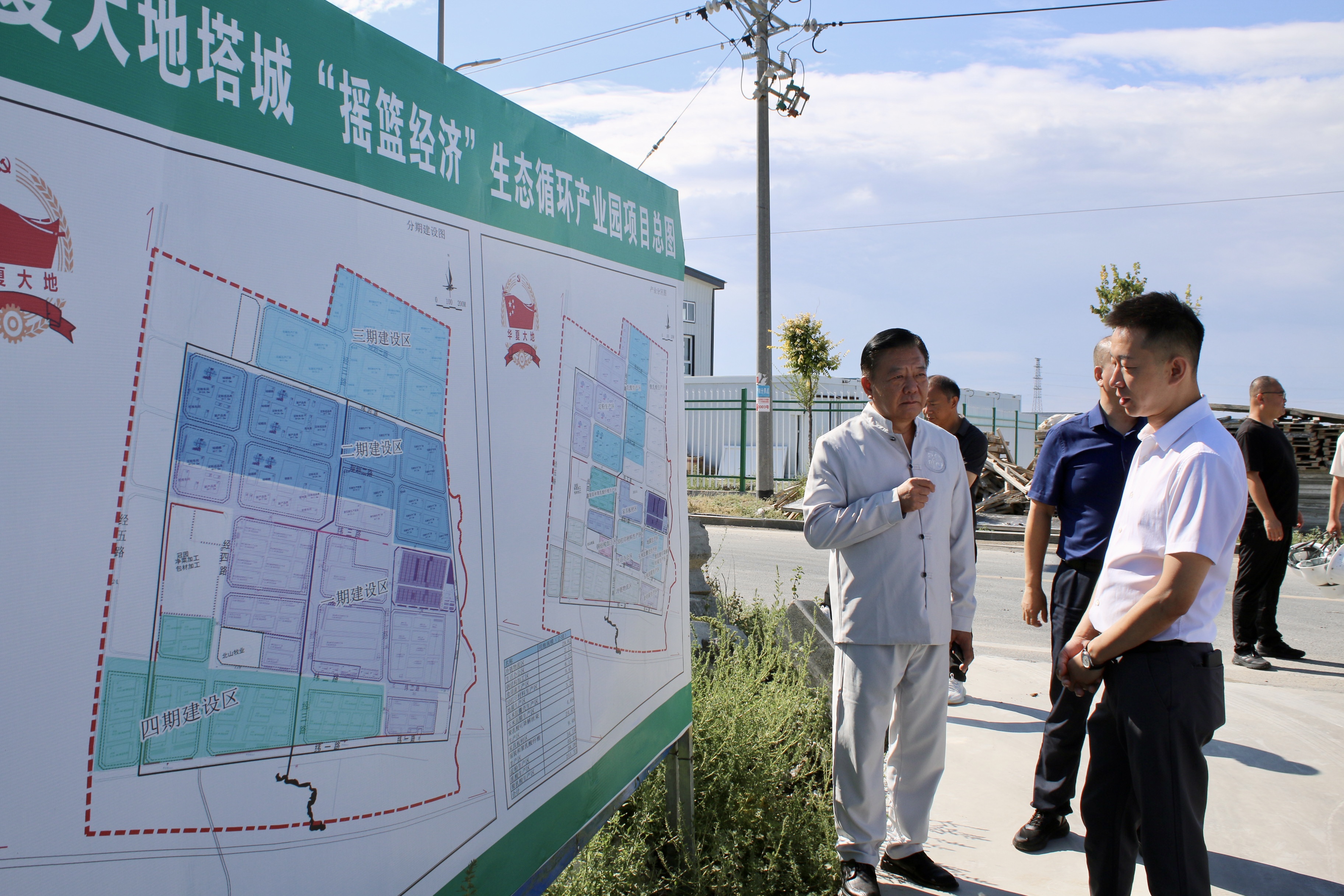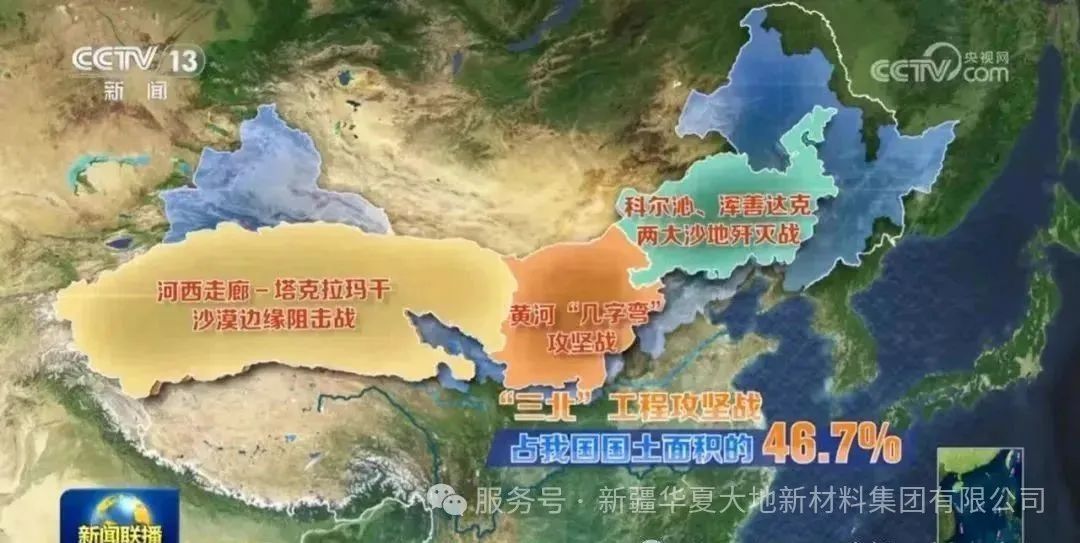Starting from June 1st, the revised "Interim Regulations on Express Delivery" (hereinafter referred to as the "Regulations") has been officially implemented. It has filled the institutional gap in China's regulation of express delivery packaging, and clearly defined the responsibilities of relevant entities at each link in the entire process.
What impacts has the "Regulations" brought to the express delivery enterprises and the entire industry? How can the packaging of express deliveries be rapidly reduced? Recently, reporters conducted in-depth interviews at the cloud warehouse sorting, branch collection, and end delivery stages.
In recent years, China's express delivery industry has developed rapidly. According to the statistics bulletin on the development of the postal industry released on May 22nd, the volume of express delivery in 2024 exceeded 175 billion pieces, ranking first in the world for 11 consecutive years, with each person receiving an average of over 120 pieces of express delivery per year. However, at the same time, the large-scale and rapidly-growing express delivery business has also brought about problems such as a large amount of packaging waste, resource consumption and environmental pollution.
The current amendment to the regulations mainly focuses on the issue of courier packaging, strengthening the primary responsibility of courier enterprises. For instance, Article 39 clearly states, "Businesses engaged in courier services shall, while ensuring the safety of the packages, optimize the packaging methods and design of packaging structures, and reduce the use of packaging materials." During the interview, it was discovered that courier enterprises have all made great efforts in the green packaging aspect.
A 2.5-kilogram package of lychees has been reduced in weight by 1 kilogram.
As summer approaches, the Haikou Longhua Chuangchen Nanbin Huiting branch of Hainan SF Express has entered the peak season for (sugar cane) delivery. Unlike previous years, this year's delivery has a "new look" - the Fengtiao box. This box is very light, weighing only 30 grams, which is even lighter than an egg. It has no odor, is more environmentally friendly, and the taste of the will not be affected during long-distance transportation. The branch manager, Song Bo, explained: "Now we use the Fengtiao box to deliver. All we need to do is place absorbent paper inside the box and seal it with degradable tape. We don't need ice packs or pre-cooling operations. This not only reduces shipping costs but also improves packaging efficiency
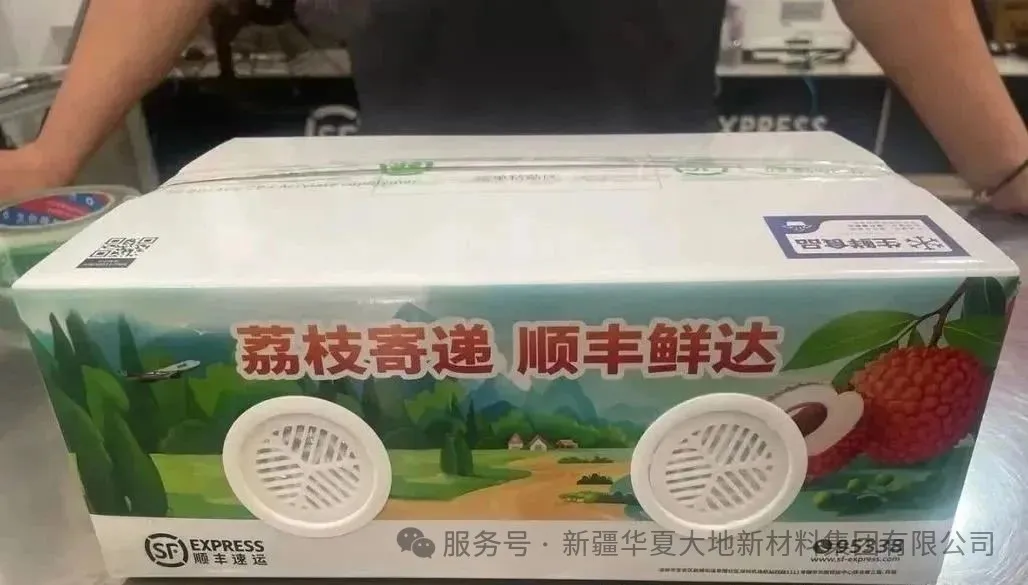
The reporter learned that in the past, when shipping lychees, they were packed in foam boxes and kept fresh with ice packs. The total weight of a 2.5-kilogram package often exceeded 3.5 kilograms. Now, with the use of Fengtiao boxes for packaging, a 2.5-kilogram package of lychees can "lose about 1 kilogram in weight", while saving more than 50% of the packaging time and reducing the overall logistics cost by 30%.
The Fengtiao Box is a kind of automatic controlled atmosphere preservation box. It was jointly developed by SF Express Group and top domestic universities and downstream enterprises. "The biggest difference between it and the conventional cardboard box is that there are four white gas valves on the box body, which can automatically adjust the gas concentration inside the box and extend the preservation time of fruits." Shen Qi, the project leader of SF Express Group's green packaging, said. To meet the peak sales season of lychees and cherries, this year the group will place over 100,000 Fengtiao Boxes across the country.
The regulation is about to come into effect. Zhongtong Cloud Warehouse is currently testing the use of an environmentally friendly cardboard box called "Multi-Life Box". It is 100% recyclable. Moreover, the cardboard box is equipped with three pairs of PVA water-soluble strips. No adhesive tape is needed; it can be adhered by water dissolution and can be reused three times. "It is suitable for reverse logistics scenarios and is convenient for customers to return and exchange goods," said Xu Yonggui, the marketing brand director of Zhongtong Cloud Warehouse.
Full-chain greening
The packaging for express delivery has the characteristics of large usage volume, wide coverage, multiple responsible entities, and long recycling chain. The revised "Regulations" clearly stipulates the different responsibilities of relevant entities such as express delivery enterprises, e-commerce enterprises, commodity manufacturing enterprises, and packaging manufacturing enterprises in each link of the entire chain, including packaging design and manufacturing, reduction and substitution, operation and circulation, waste and recycling, regeneration and recycling.
At the Hangzhou Tangxi E-commerce Warehousing and Distribution Center of Zhongtong Cloud Warehouse, beside the workstation of packing worker Wu Rui, there are 10 different types of paper boxes and packaging bags of various sizes. After Wu Rui scans and enters the order information, the system will recommend the appropriate type of paper box based on the product category, quantity, size and other information. For milk powder, Wu Rui only needs to seal the whole box and attach the label.
"The packaging of milk powder coming off the factory assembly line is in 6-cup containers per box. If the quantity delivered is not 6 cups, the courier guys need to dismantle the original box and use a new one for the second packaging." Bi Yanjue, the user service manager of a certain milk powder brand, told reporters. They have changed to a promotion mechanism of 6-cup containers. Directly shipping the original box is more efficient, the box size is suitable, and the delivery by the couriers is also more convenient and easier. More importantly, there is no need for secondary packaging, which reduces costs and is also more environmentally friendly.
"We upgraded the warehousing system and added an intelligent packaging material recommendation function to avoid using large boxes to pack small items and reduce the amount of packaging materials used. At the same time, for goods that meet the shipping conditions, we directly affix the original labels for shipment without re-packaging the original e-commerce products." Xu Yonggui explained. Currently, the daily order volume of this warehousing and distribution center is around 12,000 pieces, and the overall consumption of consumables has decreased by approximately 20%.
The packaging production enterprises at the upstream of the supply chain are also undergoing green transformation. In the production workshop of Zhongke Xinhui (Hainan) New Materials Technology Co., Ltd., reporters saw that after the computer automatically dispensed the materials, the raw materials entered three screws to generate three layers of packaging films, and finally formed a courier packaging bag with a gray outer layer and a black inner layer; the printing machine was running at high speed, and it could print 200 meters in one minute. Unlike the heavy smell of traditional ink printing, there was no any odor in this production workshop.
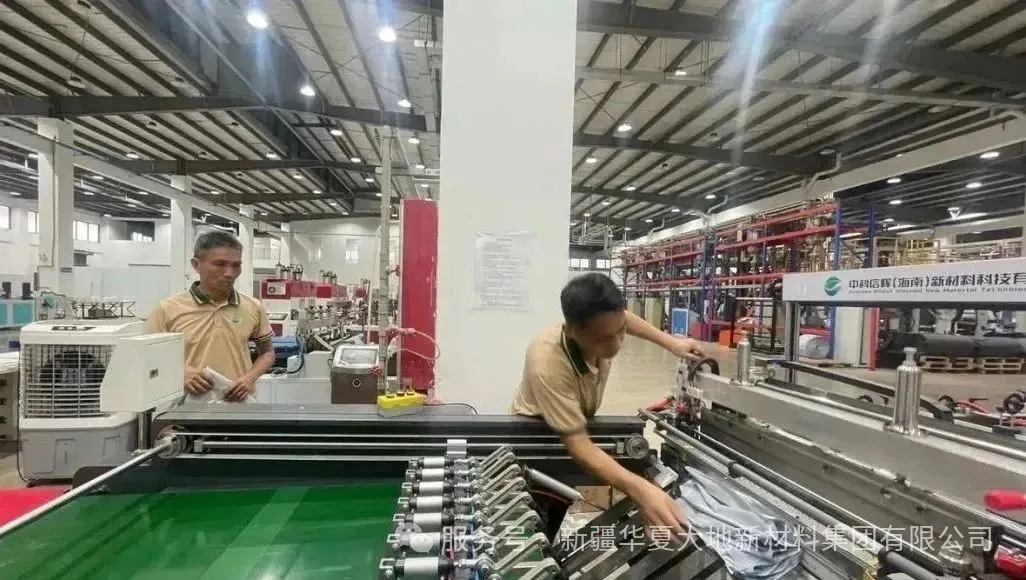
"We have launched a universal version of fully biodegradable express packaging bags for use by express delivery outlets." The company's director Wu Jun introduced, "As the green packaging intentions of express delivery companies continue to increase, the sales of fully biodegradable express bags have been steadily growing. Last year, the sales volume of fully biodegradable express bags reached 13 million, and in the first quarter of this year, the sales volume has exceeded 7 million. It is expected that this year's sales volume will exceed 20 million."
End-of-life recycling is becoming popular
To achieve a closed-loop system for the entire green express delivery process, end-of-life delivery is also an important part.
In the green activity area at the entrance of the Baisha Postal Service Station in the Zijinhe Campus of Zhejiang University, senior student Tang Shushan is skillfully disassembling the express packages: cutting the tape, folding the cardboard box and putting it into the recycling bin. "The recycled cardboard boxes will be sorted according to size and placed in the warehouse, and can be reused when needed," said staff member Gao Guoqiang. Through recycling cardboard boxes for reuse, at each postal service station of Zhejiang University, there is no need for packaging fees when sending express packages, except when it is impossible to find a suitable size of recycled cardboard boxes, in which case it will be recommended for teachers and students to use new cardboard boxes.
Green is everywhere in the service station. On the shelves, packaging tapes and mail bags made of degradable materials are neatly placed. "The tape paper we use is 1.5 centimeters narrower than ordinary tape, which is to promote the green transformation of express delivery," Gao Guoqiang told the reporter.
In the ID card production center of residents in Hainan Province, a row of green boxes with yellow clasps caught the reporter's attention. Each box has several layers of courier labels, indicating that it has been used multiple times.
"These boxes are very sturdy and lightweight, and there is no need for tape. Just a clasper can open and close it," said Zeng Qiqi, the market department director of the Delivery Department of the Hainan Postal Company of China Post Group Corporation. After the ID cards are collected, the courier will use the recyclable express box for packaging and deliver it to the corresponding processing center. After the staff at the processing center sign for receipt, the recyclable express box will be immediately recycled. It is understood that each recyclable express box can be reused more than 50 times, significantly reducing the packaging cost of each mail.
In addition, the collection points of Hainan Post have also started to use recyclable express boxes for the collection of batch license plates. After the vehicle management office signs for receipt, the recyclable express box will be directly recycled and returned to the Haikou warehouse, and will be cleaned, maintained and redistributed in a timely manner. Currently, the proportion of license plates sent by using recyclable express boxes exceeds 50%.
"Green governance of express packaging involves multiple links such as production, use, recycling and disposal. Joint efforts throughout the entire chain is the key to achieving comprehensive treatment." Zhu Li, deputy director of the Industry Department (Environmental Protection Center) of the Development Research Center of the National Postal Administration, said, "The implementation of the Regulations realizes the coordination and connection of laws, standards and policies, marking the further completion of the legal implementation system for express packaging. It will effectively promote the implementation of a series of standards and policies for express packaging, guide the innovation of express packaging products, technologies and models, and accelerate the green transformation of express packaging."
